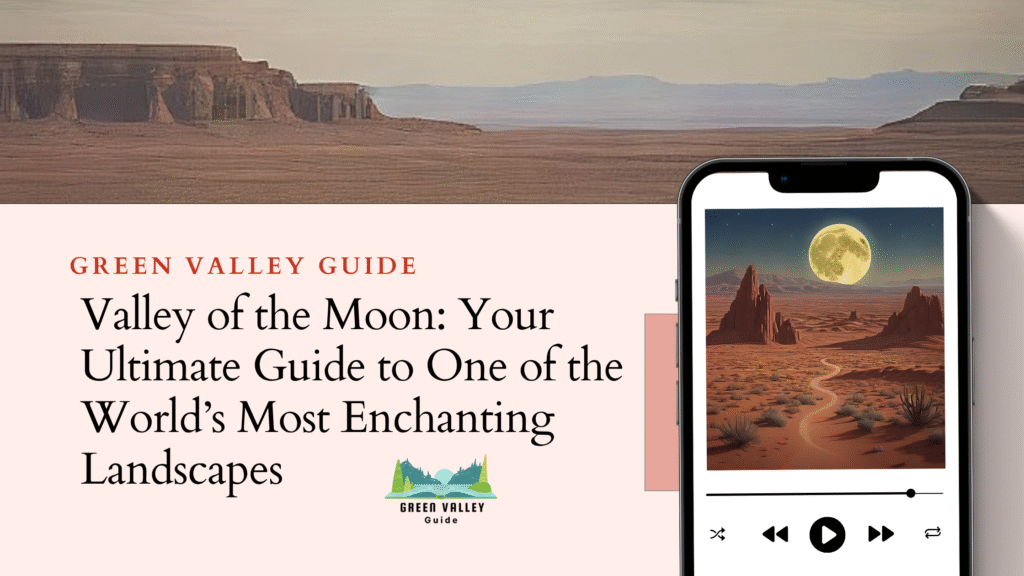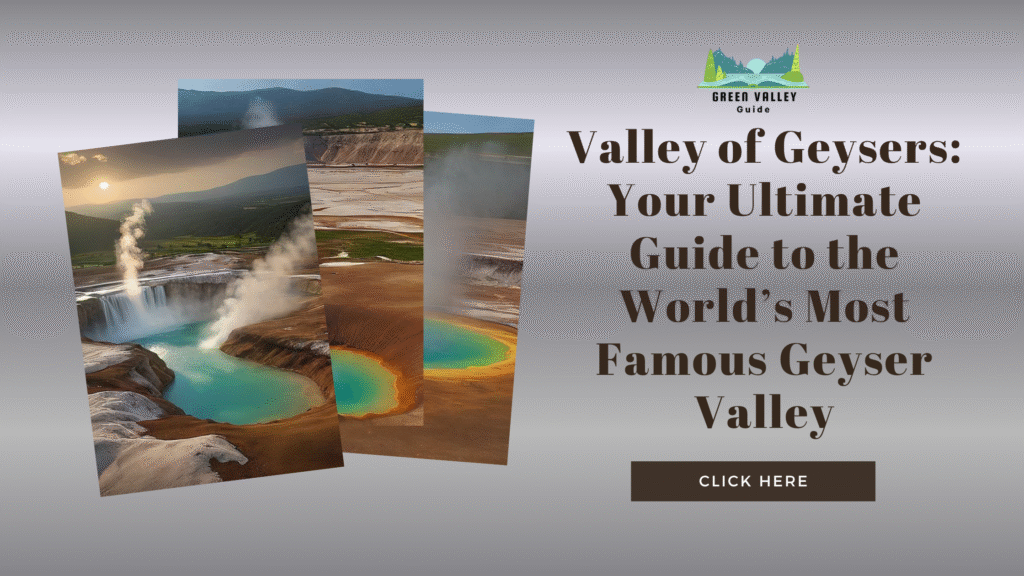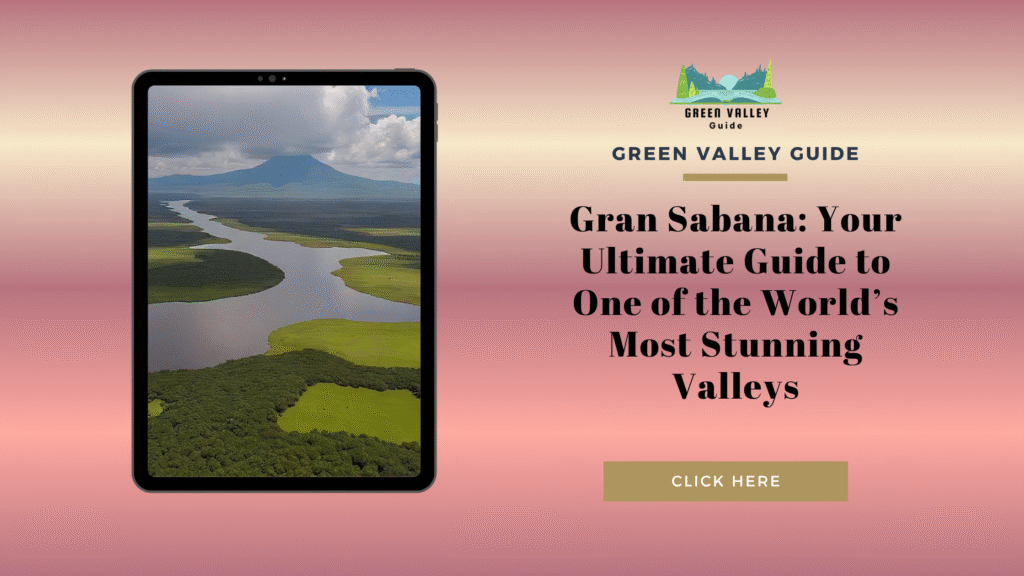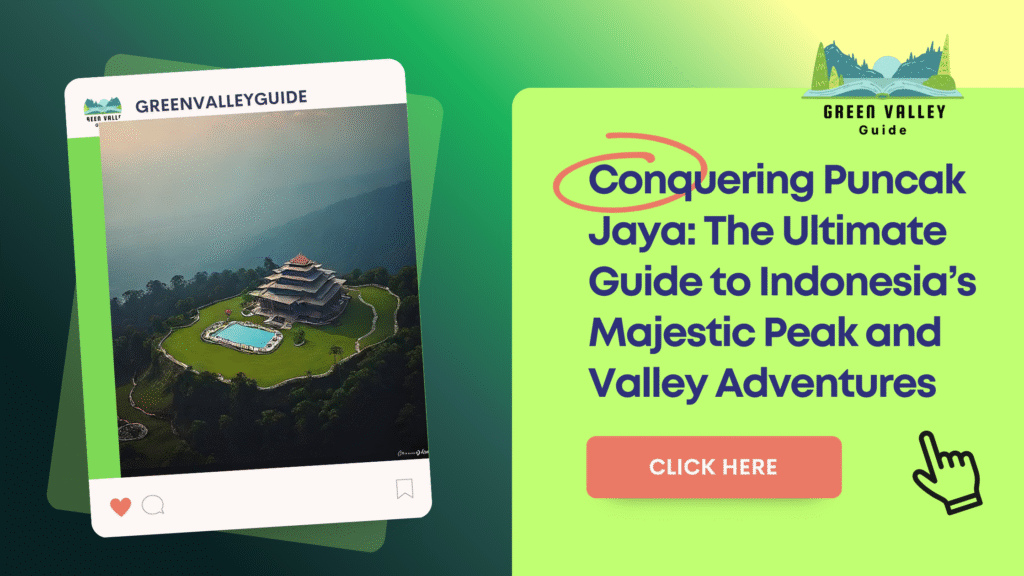Table of Contents
Introduction: Step Into the Surreal Beauty of the Valley of the Moon
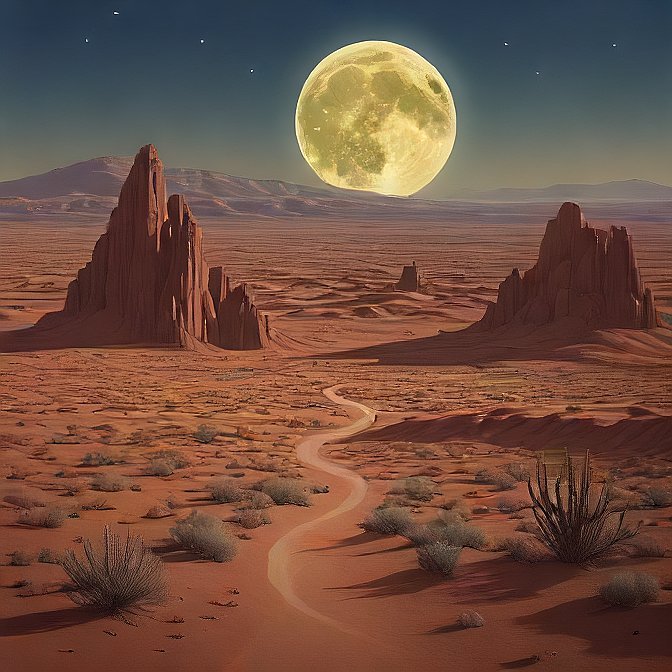
Hook: A Place So Alien, Even NASA Tests Rovers Here
It is not an interesting name only, The Valley of the Moon (Spanish: Valle de la Luna) is a landscape so freaky unusual that NASA has used the Atacama Desert where it is situated as a Mars rover’s test bed. Milled by thousands of years of wind and sand erosion, the valley is carved with jagged rock formations and wind-blasted sand dunes, dry lakebeds, and powdered salt flats, and appears to be a sci-fi creation. It is just like walking on the Moon, or even on Mars.
Why Valley of the Moon Is a Bucket-List Destination
The Valley of the Moon, which is located in the Atacama Desert in the north of Chile, might be the driest location on the planet, and still it is one of the most magnificent. It is a dream come true to:
- Visitors of nature who want to see much, unexplored beauty
- Photographers in pursuit of golden light and alien-like backgrounds
- Adventure lovers are attracted to wild, quiet, and remote lands
As the sun drops, the whole valley changes color in various hues of pink, orange, and deep purple-the natural light show which cannot be duplicated anywhere in the world.
What This Guide Covers
Here is your all-inclusive, tourist-friendly travel advice on how to spend a memorable vacation in the Valley of the Moon. You are going to find out this:
- The location of the Valley of the Moon and directions to it.
- The formation of this surreal landscape and why this landscape is geologically unique
- The best sights and picture places that you cannot miss
- Hours to visit and what to carry to get a secure and good, comfy visit
- Ways to travel sustainably so you can help maintain this fragile desert system
So you are arranging your expedition in South America or are just daydreaming about this kind of a place, this guide will help you include the Valley of the Moon in your travel wish list and be ready to visit it as a world expert.
Where Is the Valley of the Moon? Discovering Chile’s Martian Desert
Construction of the Valley of the Moon (Valle de la Luna) is done within the crevices of the Atacama desert in northern Chile, just 13 kilometers west of San Pedro de Atacama, a tourist attraction of adventure tourism located in the South American country. The surreal landscape is located at a nature reserve called Los Flamencos National Reserve, whose a biodiversity and dramatic geology.
How to Get There
- To San Pedro de Atacama: Fly into El Loa Airport (CJC) in Calama, then it is possible to drive or bus 100 km (approximately 1.5 hours) to San Pedro de Atacama.
- From Santiago: The capital city offers multiple daily flights to Calama (approx. 2 hours), making access to the Valley relatively easy for international travelers.
- Its Valley of the Moon can be accessed by guided tour, bike, or self-drive (less than 20-25 minutes driving distance) once in San Pedro.
Why It Matters in Chile’s Travel Scene
Valley of the Moon is one of the most popular types of natural attractions in Chile, which attracts adventurers, geologists, and milk enthusiasts across the world. It is near Atacama Desert attraction sites like Salar de Atacama and El Tatio Geyser, and hence a stop worth taking on your visit to the Atacama Desert.
How the Valley of the Moon Was Formed: Earth’s Otherworldly Masterpiece
The Valley of the Moon did not become carved in one night, but it is the result of millions of years in the geological process, including:
- Tectonic shifts
- Volcanic eruptions
- Erosion by wind and water
A Geological Playground
The landscape features:
- Salt flats and dry lake beds: relics of long-ago water bodies
- Sharp-edged rocks and spires: aerated by the carved shapes of a long, continuous wind erosion
- Craters and dunes form in both tectonic movements and extreme climates
Why It Resembles the Moon or Mars
Various NASA scientists have often likened this place to alien surfaces because of:
- It’s extreme aridity
- High salt content in soil
- Lack of vegetation and water
This is the reason why the Atacama, including the Valley of the Moon, is employed as a Mars-analog environment in space research.
Check Out: Gran Sabana: Your Ultimate Guide to One of the World’s Most Stunning Valleys.
Top Things to See in the Valley of the Moon
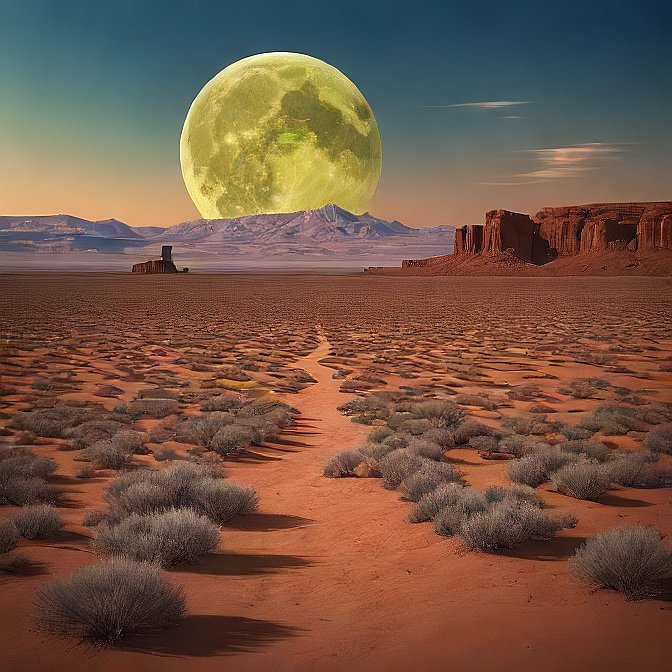
Although the Valley of the Moon appears barren at first sight, plenty of natural wonders and photo opportunities await. Don’t miss:
Must-See Landmarks
- Naked men: Three strangely shaped rocks which look like human bodies
- Amphitheater: A massive, pristine natural bowl of structure cut out in the cliffside
- Duna Mayor: It is a massive dune sand-wad with extensive views of the valley
- Coyote Rock (Mirador de Kari): A cliff viewpoint with the right number of photos to take during sunset time
Hidden Gems
- Salt Caves: Dark, shiny tunnels that look like mineral deposits queued together
- Tor-carved ravines and cliffs: More interesting to visit with a guide or during a leisurely walk
Photography Tips
- The landscape is covered with surreal red, orange, and violet hues during golden hour (a moment before sunset).
- A wide-angle lens is necessary in order to obtain the vastness of the land.
Sunset in the Valley of the Moon: A Daily Desert Spectacle
It is a picturesque moment at the setting sun in the Valley of the Moon. Desert colors become a picture when the sun sets behind the Andes.
Why Sunset Is the Best Time to Visit
- The reduction of temperatures is quite high.
- This is a rocky ground which varies its color according to the occurrence of the variation of the lights.
- There is more wildlife they can observe– birds and desert foxes
Where to Watch
- The Duna Mayor’s view: Views of the valley and the Andes panoramically
- Mirador de Karir (Coyote Rock): It can be referred to as one of the most popular sunset spots and one of the highestpoints there are offered.
- Amphitheater ridge: not so spectacular, at least not so noisy
Pro Tips
- Have to be there 30-60 minutes before sunset and find a good place
- On the way back, you will have to bring a jacket (it gets so cold), a ttripodand a headlamp.
When to Visit the Valley of the Moon: Best Time of Year & Weather Guide
The Valley of Moon is a site that can be visited any time of the year, whereas the time you choose to visit it will determine your comfort and satisfaction.
Ideal Seasons
- Spring (Sept–Nov) and Autumn (Mar–May) are the best times for:
- Mild daytime temperatures
- Clear skies
- Fewer crowds
What to Expect in Other Seasons
- Summer (Dec-Feb): It is very hot with the possibility of thunderstorms, high UV index
- Winter (Jun-Aug): Cold mornings and nights; good sky for photographers
Packing Essentials
- Protection against the sun: Hat, sunglasses, 50SPF sunscreen
- Miscellaneous: Rain jacket (evening), trousers
- Gear: Reusable water bottle, sturdy walking shoes, flashlight or headlamp (especially for sunset visits)
Stargazing in the Atacama: Extending the Magic Beyond the Moon
Once the sun has set over the Valley of the Moon, the sky becomes the next form of entertainment. The Atacama Desert is said to be the perfect stargazing place on Earth.
Why the Valley of the Moon Region Is Ideal for Astronomy
- Record-low levels of humidity and altitude
- Very little light pollution
- More than 300 clear nightly a year
Stargazing Experiences
- Night Sky Tours: some tour operators center on night tours of the sky, such as SpaceObs Atacama and Alarkapin Observatory
- Telescope Views: Watch the rings on Saturn, the moons around Jupiter, and even the Milky Way in dazzling detail
- Some tours are offered with astrophotography advice and hot drinks while viewing the night sky.
Sustainable Travel Tips for the Valley of the Moon
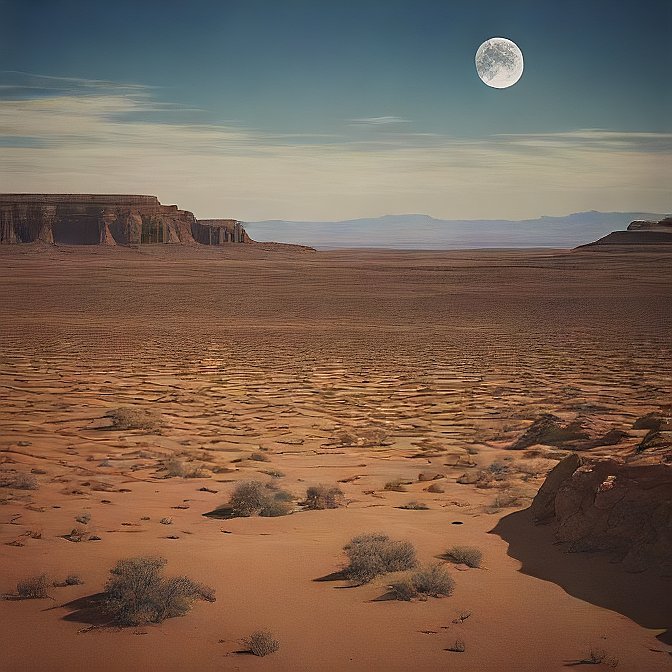
Valley of the Moon is a very sensitive ecosystem. The most important thing is to respect its natural beauty so that there can be continuity of visitors in the future.
How to Minimize Your Impact
- Use marked routes in order not to harm salt and rock structures
- Stones or minerals should not be used as souvenirs
- Carry out what you bring in, including food waste
Responsible Photography
- Take advantage of natural light, be sure not to use flash photography where tact is required.
- Never scale formations to take photos
Support Local & Eco-Friendly Tourism
- Rent locally owned, environmentally friendly tour guide companies
- Buy some crafts or snacks provided by indigenous sellers around San Pedro de Atacama
- Experience Nayra’s indigenous astronomy and cultural heritage as guided by the local culture
Conclusion: Why the Valley of the Moon Belongs on Your Travel Bucket List
Valley of the Moon is a whole lot more than a desert; it is a beauty of natural architecture, geological miracles, and astronomical beauty. The salt caves carved out by generations of blowing winds, the look out point on a dune with the setting sun reverberating into the horizon, and being able to see the stars shining like the sea of heaven in one of the clearest skies on the planet, the world seems to be out of one.
This guide has provided you with all that you require in order to work out a satisfying, respectful, and inspiring visit. Therefore, when you decide to cut loose of the mundane and transport yourself into a Martian terrain right here on Earth, the Valley of the Moon will be there to serve you.
For more info: Click Here.
FAQs About Visiting the Valley of the Moon
Is it possible to visit the Valley of the Moon without taking a tour?
Sure, you may go there without a guide, but it is better to take a guided tour and know more about the geology of the area, its history, and the secrets of this land. Tours also do transport in San Pedro de Atacama, which is useful in tase you do not have a car to rent.
How long should I stay in the Valley of the Moon?
The average visitor gives 3 to 4 hours, mostly towards the late afternoon, to experience the dramatic sunset. Assuming that you are doing a guided tour, it will cover most of the major perspectives and stops, and will take approximately half a day.
Is Valley of the Moon a family attraction?
Absolutely. It has some uneven terrain, which does not make it very conducive at times, but other than that, it is pretty easy to navigate in the terrain, especially among children who love nature and walking. You just have to make sure that you carry sun protection, water, air, and snacks since the desert is a very hot environment.

